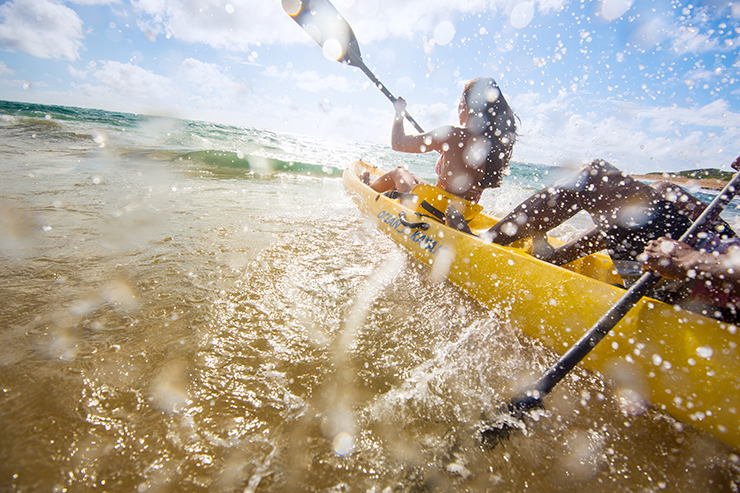 Last May, Adobe announced the radical, new Creative Cloud: the subscription-based solution to their Creative Suite of software. The announcement was met with quite a bit of controversy and discussion, which was to be expected as this really was a totally new approach. Creative Cloud really rattled the industry. As opposed to buying new editions of Creative Suite every two years for a couple thousand dollars, users now pay monthly fees to use Creative Cloud software.
Last May, Adobe announced the radical, new Creative Cloud: the subscription-based solution to their Creative Suite of software. The announcement was met with quite a bit of controversy and discussion, which was to be expected as this really was a totally new approach. Creative Cloud really rattled the industry. As opposed to buying new editions of Creative Suite every two years for a couple thousand dollars, users now pay monthly fees to use Creative Cloud software.
The benefit to Adobe is that a subscription-based system makes it extremely difficult for people to steal software, and it ensures a continuous stream of income.
The benefit to users is that costs are spread out over time, and your software is always up to date, running the latest version.
The benefit to all of us is that we will no longer experience compatibility problems when sharing, say, InDesign or Photoshop files. Theoretically, once everyone is on the Creative Cloud, file compatibility won’t be an issue because everyone will be using the same software.
I know that I’m a little late with this announcement of my “Latest Work,” but a little over a year ago, we had the opportunity to shoot the bulk of the image, video and sound archive in advance of Creative Cloud’s launch.
Adobe approached us about shooting the demonstration content that would illustrate what the new Creative Cloud software was capable of performing.
We were tasked with finding an exotic, if relatively nondescript location for the shoot. This would be a substantial production in that we had budgeted two days to shoot what was honestly four days worth of content. The secret to doing four days of work in two is to assemble the very best team of people who actually love to work hard, and can have fun in the process. And that’s really our specialty: huge days with a crack team of filmmakers, photographers, producers, stylists, hair/makeup, talent and local production crews.
After researching various locations, we decided on Kauai, the Hawaiian island. I’d never been there before, but it turned out to be exactly what Adobe was looking for.
In the past I’ve worked on similar types of shoots for Nikon, in which I’d have to put together shot lists that best illustrate certain features of specific Nikon cameras. This shoot for Adobe was an entirely different beast, though. One of the greatest challenges of the whole trip was that, in order to get the shots Adobe wanted, I needed to deconstruct everything I’d ever learned as a photographer and filmmaker.
I’ve spent my entire career trying to capture the most stunning still photos, or motion content. But in this case, they didn’t want “perfect” content. They wanted imperfect content to show how Adobe software could fix it.
I’d started by shooting what intuitively felt right: composing, exposing and focusing to make a great photograph or great motion sequence. Then, I’d deconstruct it in specific ways so that the shot was no longer good. We’d change the white balance, shake the camera, make the photo soft, create motion blur, tilt the horizon—you know, all of the stuff you try not to do as a professional trying to create the best still and moving images possible.
Maybe that’s why I’ve waited a year to talk about this project: I was struggling with showing these pictures because they’re not my greatest work. In fact, I was hired to do mediocre work so that Adobe software could fix it!
The coolest part of the whole experience, besides enjoying the stunning island of Kauai, was working with the very talented team from Adobe. We were working with the latest beta versions of the new Creative Cloud software. (Of course, everyone was under NDA). They showed us some really amazing stuff that the new software could do. The thing that most blew me away was the improved warp stabilizer in Premier and After Effects. We shot sequences while running down dirt roads, shaking the cameras in our hands. But then we’d stabilize the footage and it ended up looking just as good as footage shot using a Steadicam or handheld gimbal.
We shot all the still photos using everything from Nikon Coolpix point-and-shoots to the high-end Nikon D4 DSLR. For the motion content, we used both Nikon D600 and D800 HD-SLRs, moving all the way up to a Red Epic video camera. As always, we captured all our content on the blazingly fast and reliable SanDisk cards. We brought in Litepanels LEDs for shots requiring continuous lighting and for our underwater shots, we housed our cameras in Aquatech casings and used on the low end GoPro cameras. We used Lowepro bags and Manfrotto gear to transport our equipment and set up all of our shots.
Huge thanks, if a late thanks, to the Adobe team for the opportunity and Volume Inc for the creative inspiration. Also, thanks to the entire crew that worked really hard and was sleep deprived for a few days in order to pull this off.
We’ve been using Creative Cloud since it came out, and I’m happy that we no longer have to have the internal office debate about whether or not to upgrade our software. It does it automatically for us. I for one am a believer in the new licensing model.
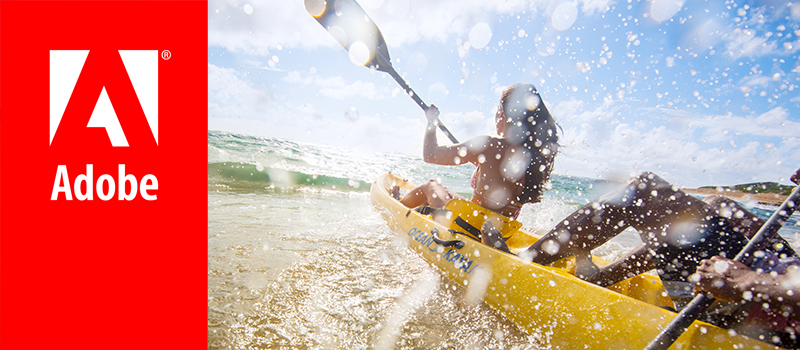
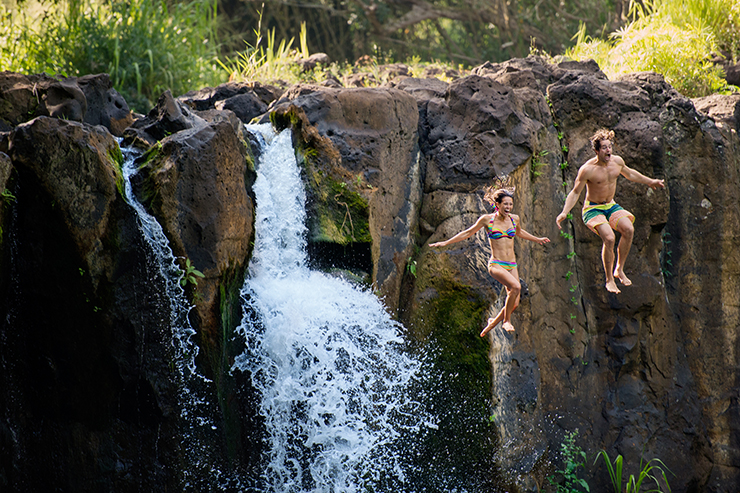
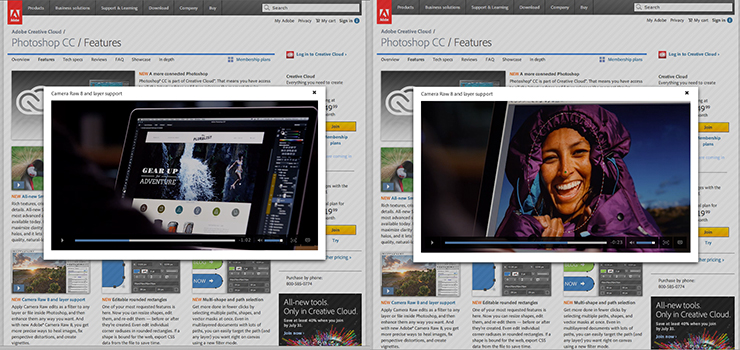

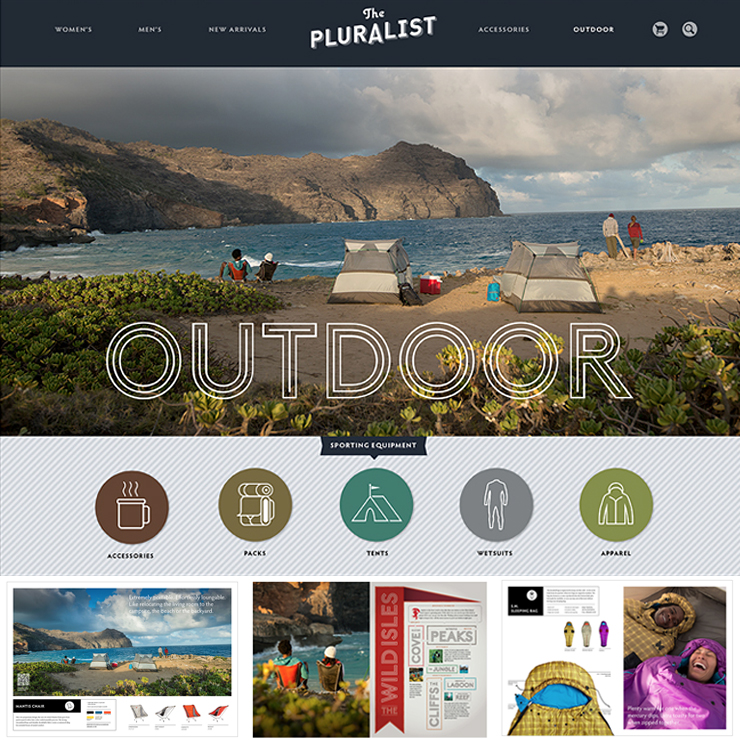
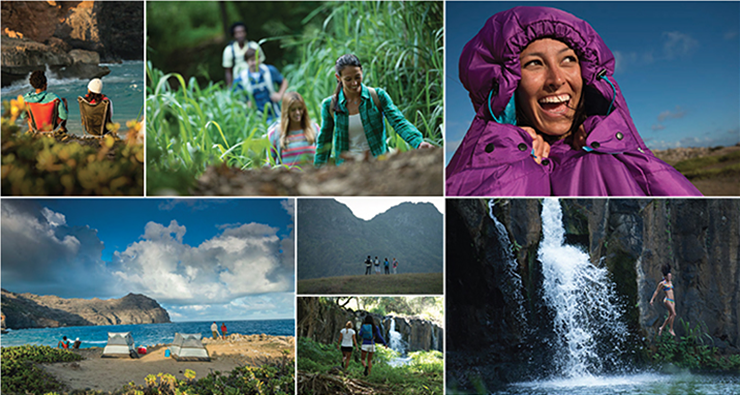
2 comments
Tough to get yourself to take less than wonderful shots when you are so used to taking perfect pictures. I think everything looks pretty darn good! Nice write up. Thanks for “taking” us along with you on another shoot.
great write up!
One of the models, Corinne, is my daughter; isn’t she fun and hard working?
Comments are closed.